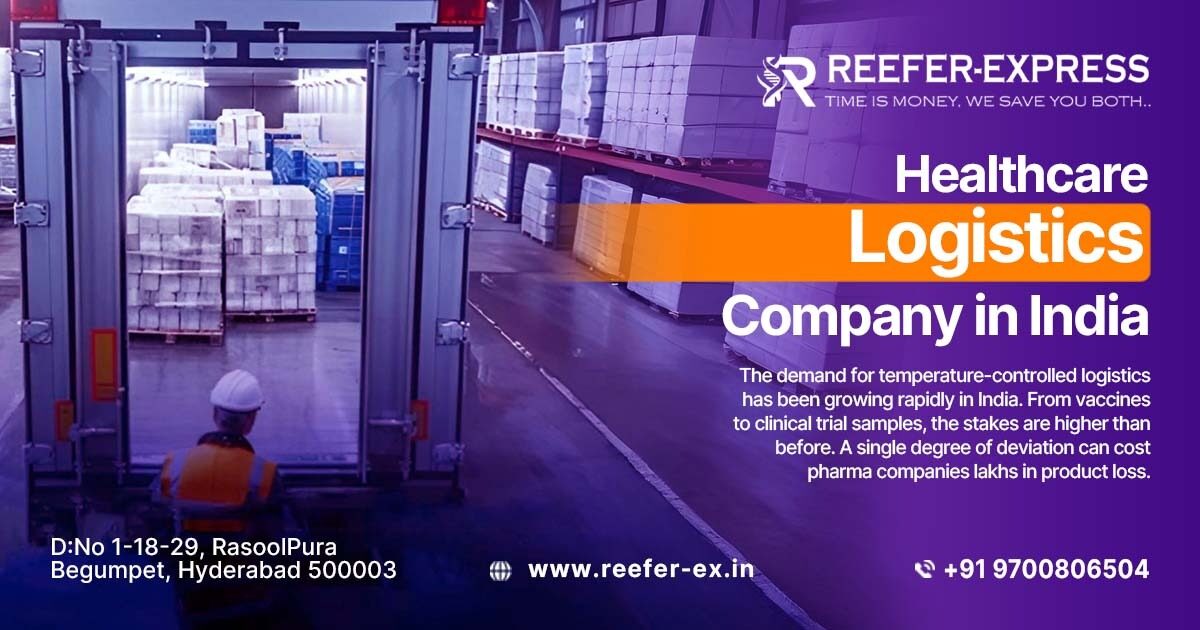History of Cold Chain Packaging
The concept of cold chain packaging is not new. In fact, the term “cold chain” was first used in the mid-1950s by the food industry. At that time, it referred to the process of transporting and storing perishable food products & pharma products at low temperatures. The goal was to extend the shelf life of these products and ensure their safety.
The cold chain is a term that is now used more broadly to refer to the entire process of transporting and storing temperature-sensitive products, including both food and pharmaceuticals. This process requires careful planning and coordination among all members of the supply chain, from manufacturers to distributors to retailers.
Types of Cold Chain Packaging
There are three types of cold chain packaging: active, passive, and Hybrid packaging.
Active packaging: Active packaging is a term that refers to packaging systems for perishable goods that require temperature-controlled storage and distribution. These systems use various technologies to control the environment within the package and protect the product from external factors that could lead to spoilage
Passive packaging: Passive packaging solutions use insulation mediums to limit the temperature change of packaged products. Key players in this industry offer both active and passive options for addressing different needs, from preserving food safety or protecting goods during transportation – whatever you need them most!
Hybrid packaging: Hybrid packaging is an emerging new technology that offers the potential to improve food safety and quality while reducing packaging waste. This type of packaging combines the benefits of both active and passive packaging, allowing for longer shelf life and improved product safety.
Why Cold Chain Packaging Is Essential For Businesses
Businesses in the pharmaceutical and food industry need to pack their products in a certain way so it doesn’t get spoilt. Cold chain packaging is essential for these businesses as it helps to keep the product at a consistent temperature, preventing it from spoiling. It also protects the product from external factors that could lead to spoilage.
Cold chain packaging is becoming increasingly important as the world becomes more interconnected and the demand for perishable goods increases. The global market for cold chain packaging is expected to grow from $17.4 billion in 2020 to $24.8 billion by 2025, at a CAGR of 7.1%. This growth is being driven by the need to transport temperature-sensitive products such as pharmaceuticals, food, and beverages safely and efficiently.
The importance of a company’s expertise in everything from packaging and conditioning and storage to transport cannot be overstated. Our partners provide support for these functions not just locally or regionally but on an international level as well!
The Pros and Cons of Cold Chain Packaging
There are both advantages and disadvantages to using cold chain packaging. Some of the advantages include:
- It can extend the shelf life of perishable products
- It protects products from external factors that could lead to spoilage
- It can improve product safety and quality
- It reduces packaging waste
Some of the disadvantages of cold chain packaging include:
- It is more expensive than traditional packaging methods
- It requires careful planning and coordination among all members of the supply chain
- It can be complicated to implement
Overall, cold chain packaging is a beneficial way to transport and store temperature-sensitive products. However, businesses need to carefully consider the pros and cons before deciding if it is the right solution for their needs.
If you need help with your cold chain packaging, Our team of experts can assist you. We have a wealth of experience in this field and can offer advice on the best packaging solutions for your business. Contact us today to learn more about Cold Chain Packaging services.






